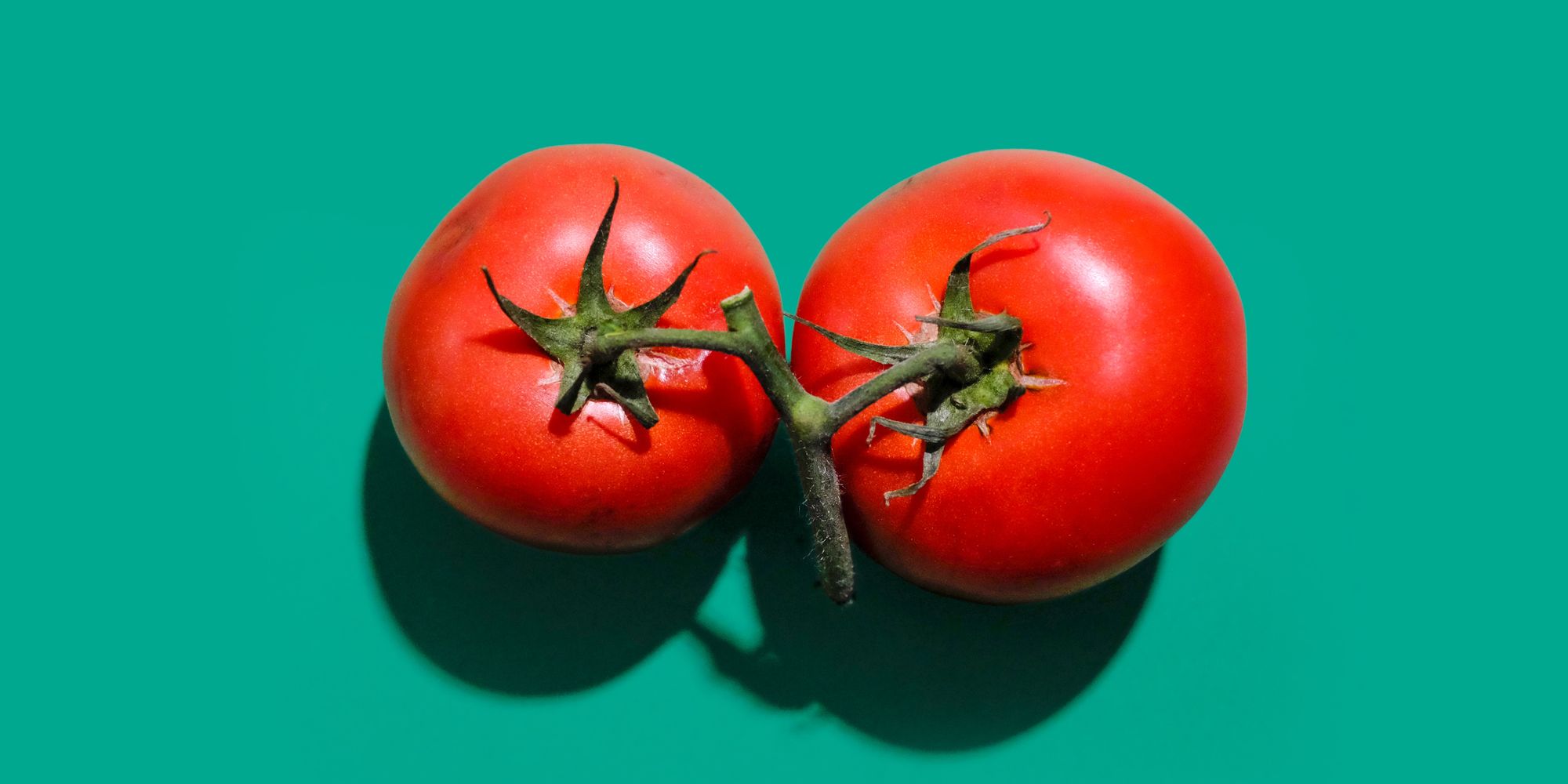What planting tomatoes shows us about climate change
For many of us, climate change can seem abstract. But the natural world is very sensitive to temperature change.
Who would have thought that recognising the impact of climate change on agriculture and food systems could come down to a tomato!
It's amazing how even small changes in temperature, pest and disease pressures, growing seasons, and fruit quality can have a profound impact on the overall health and productivity of crops.
According to Tasmania's gardening wisdom, planting tomatoes before Show Day, which is the fourth Saturday in October, is not recommended as your tomato seedlings will suffer during the cold nights and won't grow. But does this kind of seasonal wisdom still work as the climate changes?
We often talk about climate change in large-scale ways, such as how much the global average surface temperature will increase. With rising temperatures, tomato plants are facing challenges such as increased pest and disease pressures, changes in the timing of their growing seasons, and a decline in the quality of the fruit produced. These challenges are a direct result of the effects of climate change and highlight the need for farmers and policymakers to adapt to these changing conditions.
Nations are working towards keeping the temperature rise well under 2℃. Though it may sound small as an average, it's worth remembering that before the industrial revolution, the world's average surface temperature was 12.1℃. Now it's almost a degree hotter and could be up to 3℃ hotter by the end of the century if high emissions continue.
For many of us, climate change can seem abstract. But the natural world is very sensitive to temperature change. Wherever we look, we can see that the seasons are changing. Gardening lore no longer holds. Flowering may happen earlier. Many species have to move or die.
Some of the changes you might have noticed include:
Spring is coming earlier
Warmer temperatures mean that spring is arriving earlier and earlier. In Australia, it's also now five days shorter than the 1950–1969 period, according to Australia Institute research. Trees and plants put out new leaves days earlier.
For some Australian plants, earlier spring means early flowering and fruiting – an average of 9.7 days earlier per decade.
Japan's famous spring cherry blossoms are blooming earlier than they have in centuries. The cherry blossom peak last year was the earliest recorded bloom in a data record going back to the year 812.
Not only are flowers blooming earlier, but birds are also migrating earlier and may also be delaying their autumn migrations.
Summer is getting hotter and longer
A hotter planet means hotter and longer summers. Bushfire risk is growing year on year, with more days of high to catastrophic fire danger. Every year for the past three decades, an extra 48,000 hectares of forest has burnt across Australia.
Longer fire seasons are making it harder to schedule fuel reduction burns and reducing the amount of time for firefighters to rest and recover between fire seasons.
Hotter temperatures are already posing challenges for salmon farmers in Tasmania. Warmer summers will be a substantial challenge for salmon farmers in the future.
Hotter water has also killed off almost all Tasmania's giant kelp and made it possible for warm-water fish to migrate south.
For millennia, the North Pole has been covered by sea ice. Arctic sea ice is melting earlier in summer and freezing later in winter. As warming intensifies, the central Arctic is likely to go from permanent ice cover to ice-free over summer by 2100.
Autumn is falling behind
Around the world, warmer temperatures and rising atmospheric carbon dioxide are delaying the arrival of autumn colours by up to a month.
Winter is disappearing
In a warmer world, there's less snow and ice. That's posing major challenges for cities like Santiago in Chile, as well as semi-arid areas in the United States which have relied on snowmelt.
Species are on the move
Different animals, birds, fish, and plants are now found in areas they could never have survived before.
Tropical corals have now been found happily growing near Sydney. Coral reef fish, too, are heading south to areas well outside their historic range.
For First Australians, climate change brings a different upheaval. The seasonal link between, say, a wattle flowering and the arrival of fish species is breaking down.
Climate change means change – both large scale and small. From extreme weather to ecosystems changing all the way through to the time when you can plant tomatoes.


